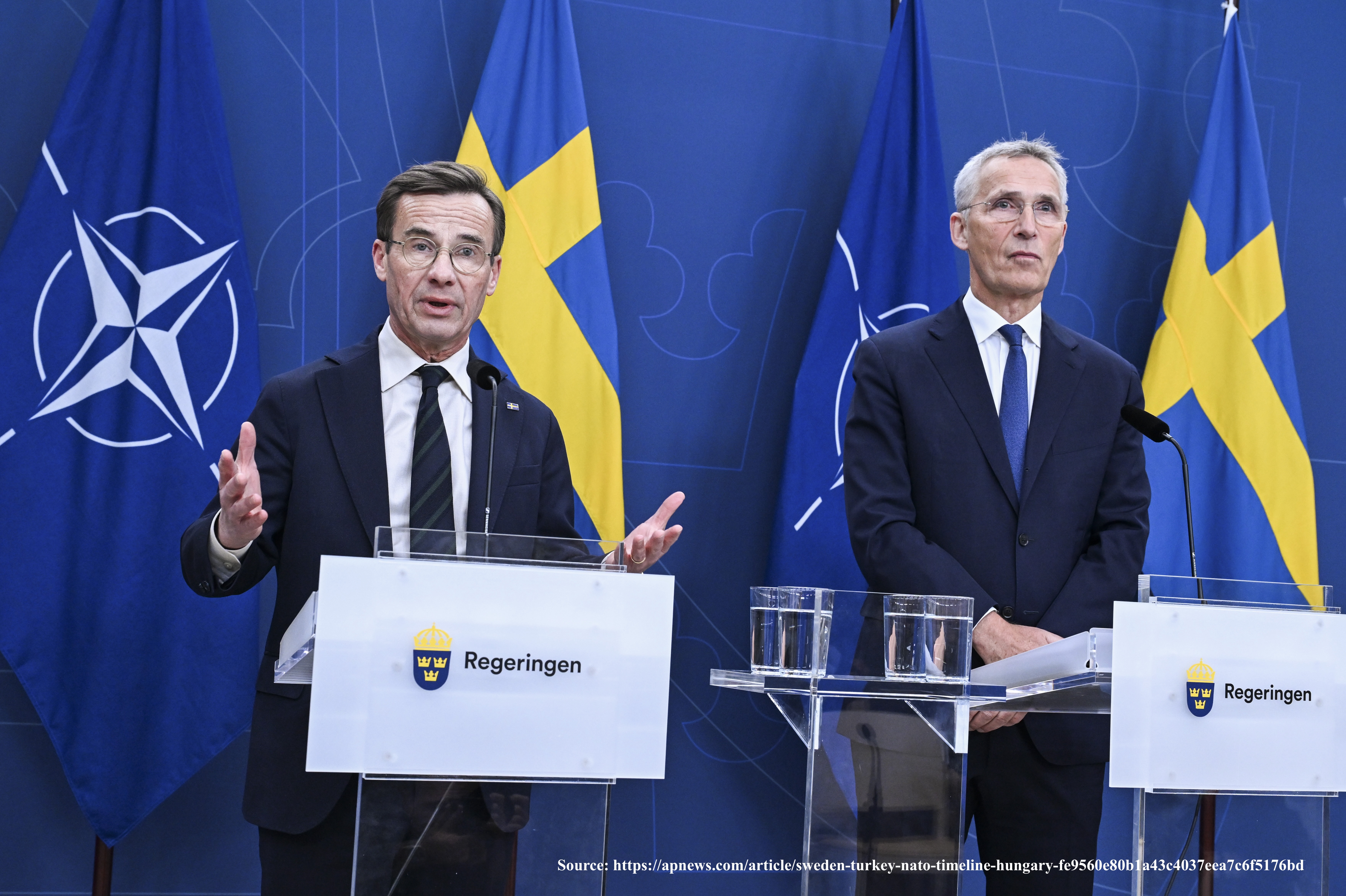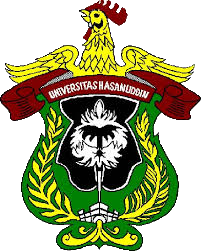Towards NATO Membership: Looking into the End of Sweden's Neutrality Amidst Strategic Shift in Europe
English
Vol. 2 No. 2 (2024)
Regular Research Articles
June 26, 2024

Downloads
Fiadi, I. R. . (2024). Towards NATO Membership: Looking into the End of Sweden’s Neutrality Amidst Strategic Shift in Europe: English. Hasanuddin Journal of Strategic and International Studies (HJSIS), 2(2), 65-83. https://doi.org/10.20956/hjsis.v2i2.34700
Downloads
Download data is not yet available.
Copyright (c) 2024 Hasanuddin Journal of Strategic and International Studies (HJSIS)

This work is licensed under a Creative Commons Attribution 4.0 International License.
















